Fair services for all: why inequality matters to everyone
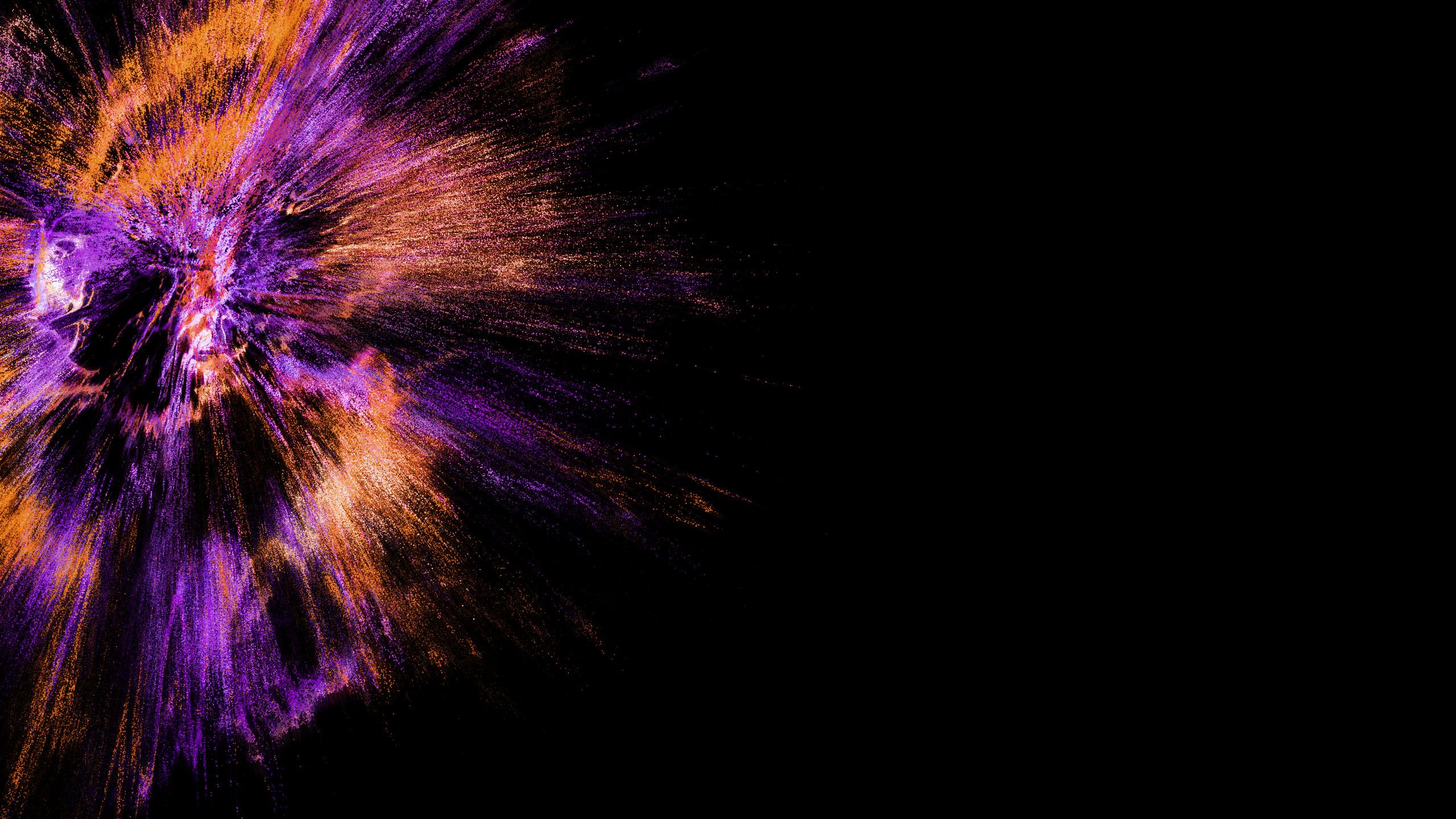
Everyone needs equal access to public services. But not all of us get it. The reasons some groups are excluded are complex and interlinked. And complex problems require complex solutions. Ghazala Mir argues that cracking them will require radical transformation across many levels at the same time.
Inequality and injustice matter to us all. Inequalities prevent many of us from fulfilling our true potential and developing our knowledge and skills. This leads to lower productivity and development in society as a whole.
Injustice escalates tensions between social groups. This leads to social instability and civil unrest that harm the safety and long-term wellbeing of the whole of a society.
I’ve been studying inequality for over 20 years, since I first came to the University of Leeds in 1999.
I believe social equity and justice should be a policy priority globally. It’s certainly essential for sustainable global development.
I’ve been leading on three research programmes, looking for ways we can reduce social inequality. All three draw together researchers from universities in the UK and abroad.
But these aren’t purely academic projects: voluntary sector, public and private staff, and people from different communities from across a range of countries are playing a central role too.
One area we’re looking at closely is the fair provision of public services. We’ve created networks to involve those with influence over public services, including policymakers and practitioners from different areas.
Researchers have been collaborating with advocacy organisations representing disadvantaged communities and with people with direct experience of exclusion. Partners have been piloting initiatives in Myanmar, Bangladesh, Kazakhstan, Nepal, Kenya, Nigeria and Vietnam.
Racism, sexism and other types of exclusion are complex problems. To crack them, we need complex responses that work across many levels simultaneously.
Why is equity important?
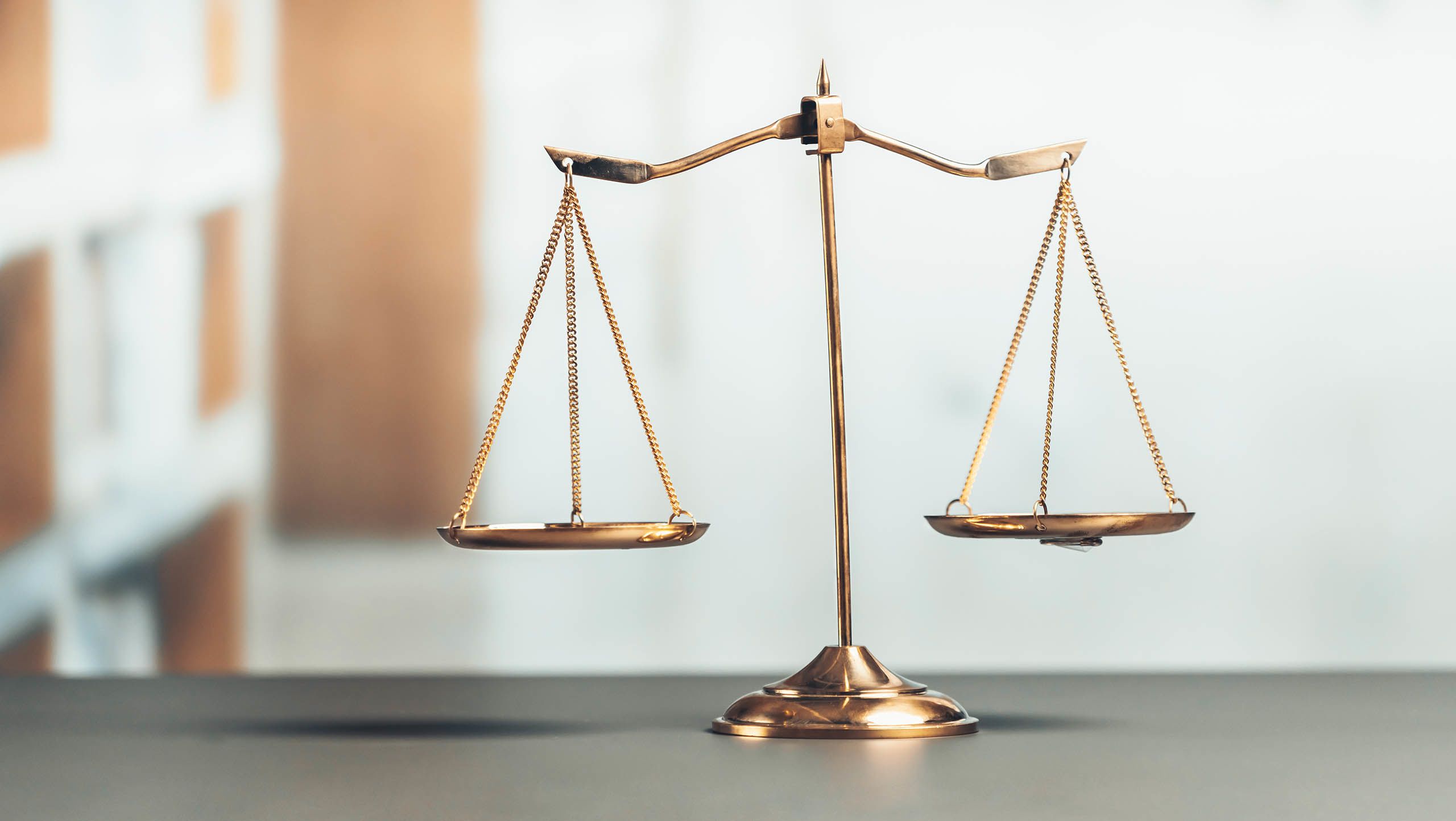
There’s growing awareness globally that social inequalities are increasing and that divisions are widening between rich and poor and between different population groups.
Certain groups are particularly vulnerable to social exclusion and discrimination. They include women, ethnic and religious minorities, young people, disabled people and migrants.
These groups typically have poorer access than more privileged groups to employment or to institutions providing healthcare, education and finance, and to systems for justice and government.
The policies and rhetoric of ruling political parties, nationalist groups and the media often promote discrimination and stigmatise these excluded groups, blaming them for the very disadvantage they experience.
These dynamics create and maintain social exclusion. Excluded groups experience higher rates of unemployment or low-paid and insecure working conditions, poor education and worse health. But they have little power to change their situation.
The spectrum of social exclusion spans from neglect and ignorance, through deliberate discrimination and unfair allocation of resources, to physical and other forms of violence by those in positions of power.
Unconscious or unintentional social exclusion can also result in higher rates of death and illness for people from excluded communities.
In the UK, for example, MBRRACE-UK has shown that Black women are over four times more likely to die in pregnancy or childbirth than White women, and Asian women nearly twice as likely.
Women from these ethnic groups also face a greater risk of their baby dying in the womb or shortly after birth than White women.
Why public services?
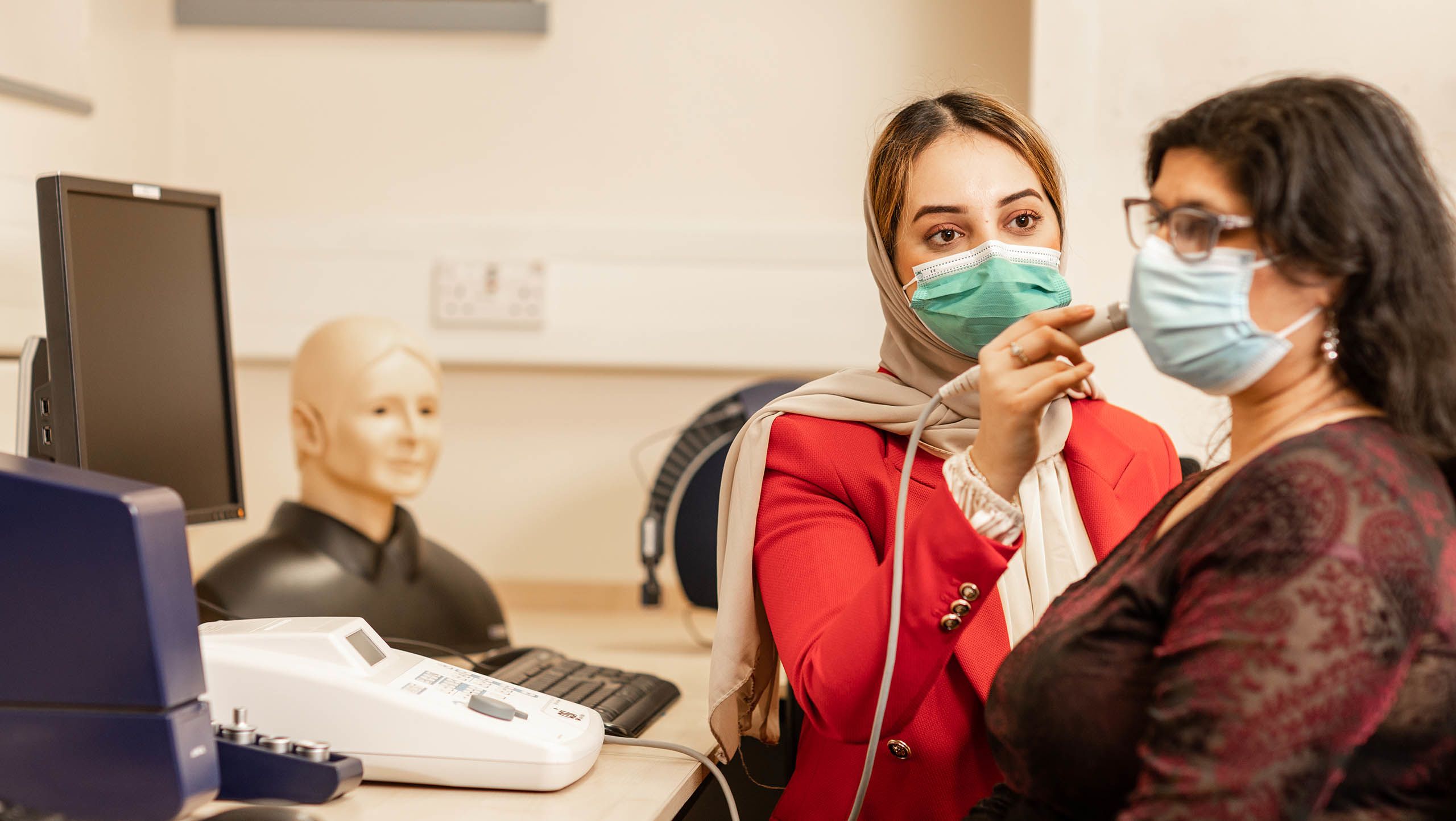
Social relationships between different groups become deeply embedded through the formal institutions of society.
Across the world, members of groups that hold power in society are over-represented in public services like education, healthcare, local and national government, and the criminal justice system.
Powerful groups can maintain their privileges through these institutions. For example, they can recruit more staff from their own background and deny opportunities and resources to those from other groups. Service policies and practices will then continue to reflect the values and culture of those who are already in powerful positions within them.
Transforming the way public services work is vital”
These systems help to reinforce the exclusion of stigmatised groups. If there are no policy or systems to promote equitable services, then the existing bias within organisations will stay in place. This allows stereotypes and misinformation about excluded communities to flourish.
Data and information about people from such communities may be missing, inadequate or simply not used when planning services and setting priorities. This often makes the fact of their exclusion invisible within organisations. But restricted access to public service resources, jobs and decision-making leaves people from disadvantaged groups with harder lives and fewer opportunities.
So transforming the way public services work is vital. The three programmes I’ve been leading bring together partners from across the world and from a wide range of backgrounds. What we have in common is our aim to develop strategies to bring about such a transformation.
“Inequalities prevent many of us from fulfilling our true potential and developing our knowledge and skills”

We started from the recognition that inequalities in one public service area are closely linked to those in another: health inequalities, for example, are influenced by education level, socio-economic status and quality of housing.
The political context is also important: national and local policies determine what happens in public services and how resources are spent. In the competition for resources, different interest groups can influence these political processes.
It’s a complex system. Inequalities are created and maintained across three interconnected levels.
At the top sits the social and political level: here competition for resources and power imbalances between social groups are linked to racism, stereotypes and misconceptions.
The middle level is institutional: here failure to recognise and respond to the needs of disadvantaged groups prevents equal access to services and jobs and the benefits they bring.
At the bottom comes the community and individual level: this is where disadvantaged people experience the effects of the discrimination and exclusion created by the top two levels.
These effects reach further than poverty. People in these groups tend to have poorer literacy, for example. This can make it harder to understand how the systems they find themselves in work. Their experiences may well leave them with greater fear and mistrust of service providers and feeling disempowered.
In turn, it becomes harder for them to self-organise and take action. And that further reduces their networks or ‘social capital’ and capacity to make change happen.
One clear example of this is the Nubian population of Nairobi. The ethnic and religious discrimination they have long faced means it’s difficult for them to get identity documents such as the Kenya National Identity Card or a passport. As a result, they are often classified as ‘stateless’. This makes it much harder for them to access government services, including health and education, and acquire property.
So the factors that influence exclusion at these different levels reinforce each other. This creates a cycle from which it’s very difficult for disadvantaged groups to escape.
If we’re to disrupt the processes that create and maintain inequalities, change has to happen across all three levels – and at the same time.
Looking at the whole picture
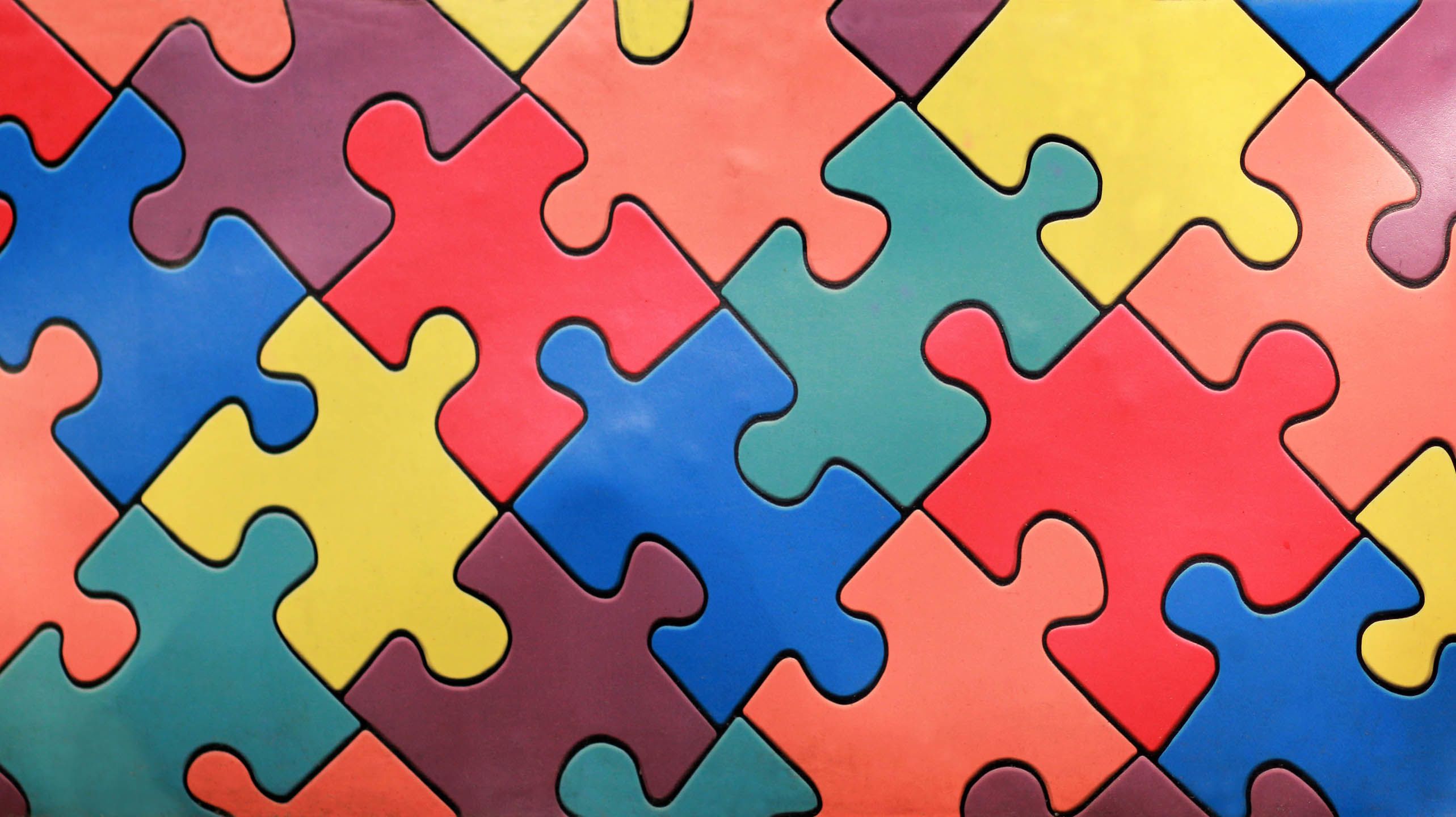
Most evidence on how to address social exclusion has considered only one of these layers.
There’s limited evidence about how to address the different levels simultaneously or about how to work across different public sectors or even different services within the same sector. Solutions that target one level or one type of public service risk being undermined by processes that maintain exclusion elsewhere.
Research conducted within a single discipline can only explore one part of how exclusion operates. That’s why I was determined that looking at the whole picture in all its complexity should be such an important element of these three programmes.
The overlapping of people’s identities and the prejudices they face is termed ‘intersectionality’. For example, a Muslim woman will usually face multiple types of discrimination at the same time because of her religion, sex and ethnic background.
I believe intersectionality should be a key concept for future work on sustainable development, particularly given the over-representation of ethnic and religious minorities among the poorest communities.
Nevertheless, from our evidence we can unearth some common features underlying exclusion.
Being excluded from policies and institutions affects people’s day to day lives economically, physically and psychologically. There’s often a close link between social exclusion and physical violence, particularly for women and young people.
One young man in Nairobi, Kenya, told us: “Police brutality is the biggest form of inequality I have seen as a young man … this needs to stop.”
In rural or deprived areas, healthcare and education institutions are often poor quality or too expensive. Living costs add further pressure.
Young women sometimes turn to sex work to continue their education beyond primary level. Some feel they can’t avoid sex work if they’re to make ends meet:
“Sometimes they have to meet boys for money when their rent expires and when they run out of food and pocket money while living alone,” commented one 15-year-old girl living in Nigeria.
Women are often excluded from decision-making that affects their lives at policy, institutional and community levels.
We found little collaboration with disadvantaged groups in service planning. They weren’t represented in either staffing or decision-making around public services. This meant their needs were routinely overlooked. There was no challenge to power imbalances or demand for change at local, regional or national levels.
Where policies to involve such groups in planning processes existed, in practice these often didn’t function. A pilot study in Nepal, for example, found there was a ‘seven steps’ planning process promoting participatory approaches to develop locally tailored plans and programmes. However, this participatory process was rarely adopted during local planning.
Some well-developed policies on gender equity did exist but didn’t drive change and we found no effective accountability for reducing the inequities that existed around gender.
What’s more, data systems didn’t adequately record certain social groups. That means those services couldn’t identify inequalities in access or outcomes for these groups. And there was evidence of policymakers rejecting the need for such data: even when it was collected at local level, it wasn’t used in public service planning.
“We made visits to every household and collected information about the proportion of disabled, blind, mentally ill, patients in need of critical care such as oxygen therapy, tumour cases, carcinoma and generated disaggregated data,” said one participant from a local health facility in the Nepal pilot study. “However that data seemed to be of no use at the municipal level, as no budget has been allocated for the programme related to the disabled or critically ill.”
Often, the needs of disadvantaged groups were simply not considered. For example, during the COVID-19 pandemic, many people from communities where overall literacy was low couldn’t read written guidance on lowering the risk of infection. In any case, in overcrowded urban slums poor sanitation made that guidance impossible to follow.
“Intersectionality should be a key concept for future work on sustainable development”
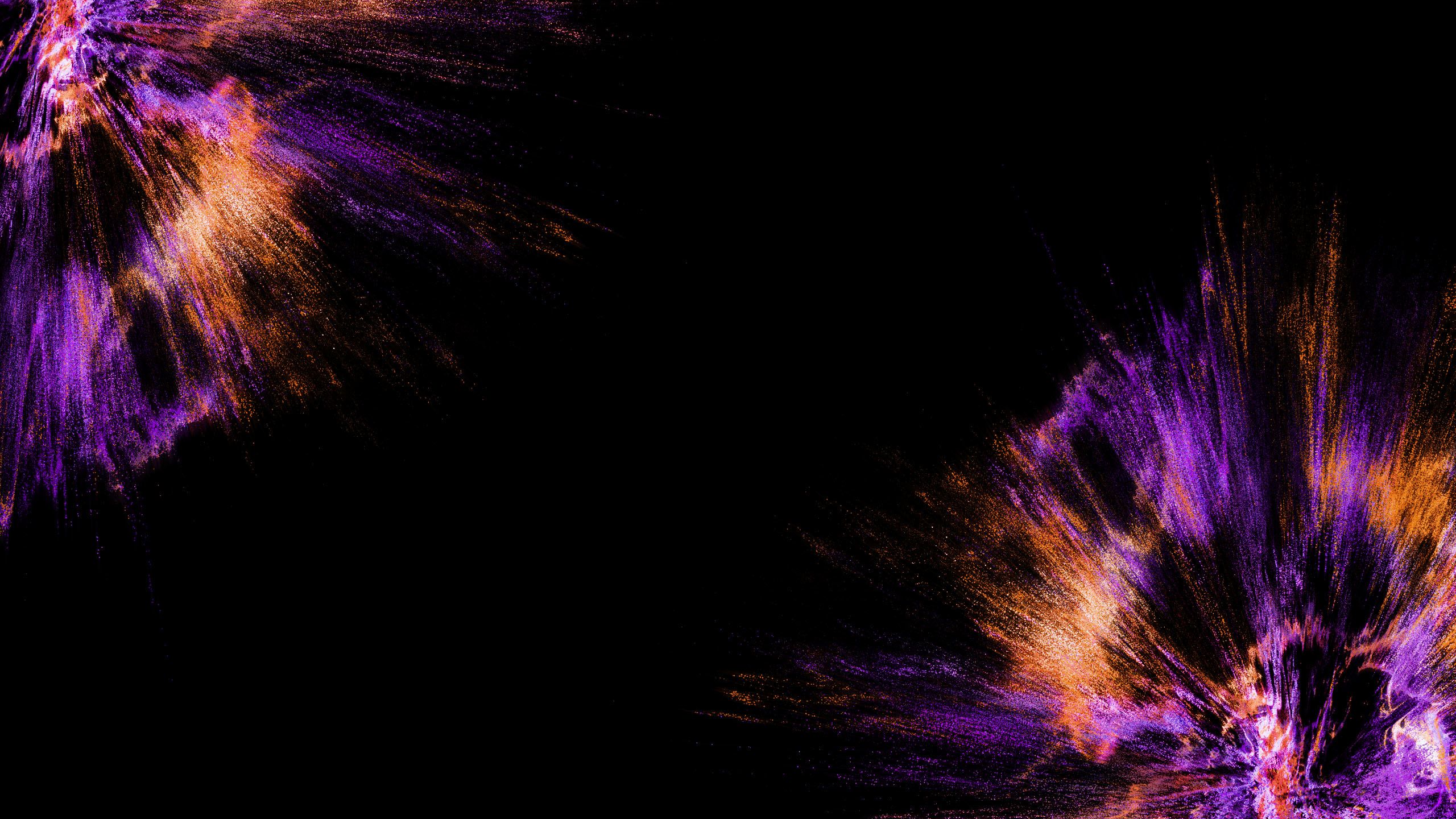
COVID-19 exacerbated many existing inequalities, particularly in deprived and rural areas.
Rural and slum residents in Bangladesh and Kenya and migrant workers in Vietnam, for example, had suffered financially as disruption particularly affected those in insecure employment. But, with no data on their situation, public resources weren’t allocated to meet their needs.
Many people suffered a ‘poverty penalty’ during the pandemic. They paid more for basic necessities or services than affluent social groups. Already deprived communities had to pay for services that were free in wealthier neighbourhoods.
For example, a lack of government investment in local education facilities for deprived areas forced students in Kenya and Nigeria to attend fee-paying schools. Families were much less likely to pay these significant costs to educate their daughters. Another example is the privatisation of waste collection where public sanitation is poor.
When the pandemic forced healthcare and education online, this was impossible for many in deprived areas. They were much less able to adapt, having neither the technological equipment nor an adequate energy supply due to poor planning. It was especially difficult for women with young children.
In Bangladesh, Kazakhstan and Kenya, the pandemic increased pressure on people to pay for education and digital equipment.
But positive initiatives did help offset inequality during the pandemic. In Kazakhstan, the government distributed digital equipment and set up training for teachers. ‘Kazi Mtaani’, a youth employment programme in Kenya, targeted support at vulnerable young people. Such schemes offer hope for the future.
Tackling systemic discrimination
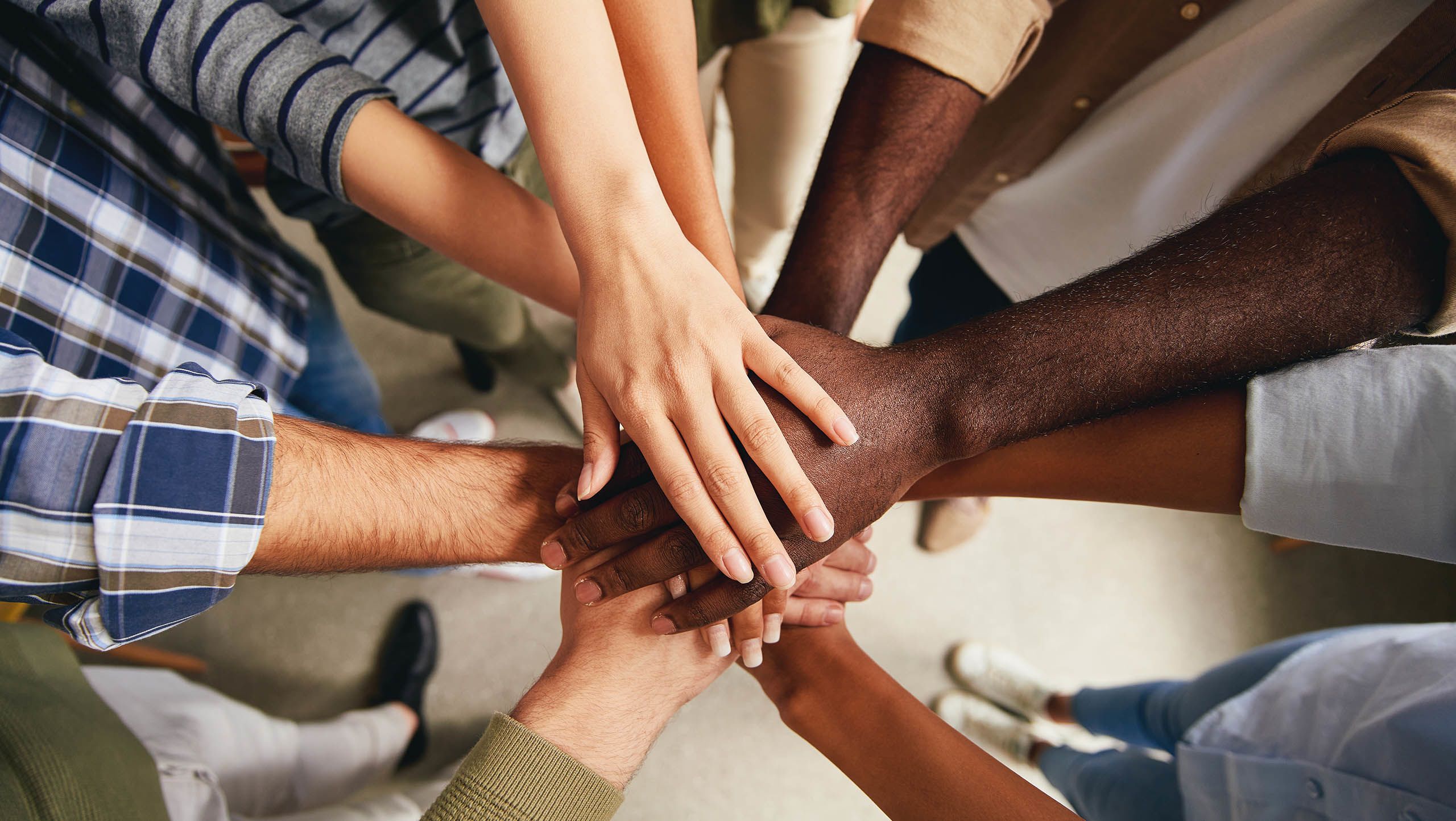
Within these research programmes, workshops brought together members of excluded communities, advocacy groups, policymakers, practitioners and academics. Looking at the evidence, they’ve made recommendations that can be applied across all contexts.
Both policy and practice must pay attention to disadvantage, and excluded groups need targeted support. But we must also address systemic discrimination – and especially the physical abuse and violence that these groups can experience through public services, such as policy brutality or the lack of good quality healthcare for women that is associated with higher rates of infant and maternal death.
Relocating services could be the start of a broader transformation”
Proper policy development needs proper data. This shouldn’t just be down to internal service monitoring. It must gather feedback from excluded communities and organisations that represent their interests.
It’s also important to recognise those who experience multiple layers of exclusion, especially in deprived or rural areas, such as adolescent girls from minority groups.
Too many deprived areas have too little access to good quality public services. Relocating services could be the start of a broader transformation to make the use of public funds and public services fairer. For example, some financial assistance and incentives would be needed, particularly for young people living in deprived and rural areas.
One way of ensuring better participation in decision-making is to employ disadvantaged people in service planning roles. This would have to happen at all local, regional and national levels, including senior positions.
One suggestion from the workshops was establishing community partnerships for planning. These could bring together disadvantaged communities, policymakers and practitioners in ways that challenge current power imbalances and lack of accountability.
Creating momentum
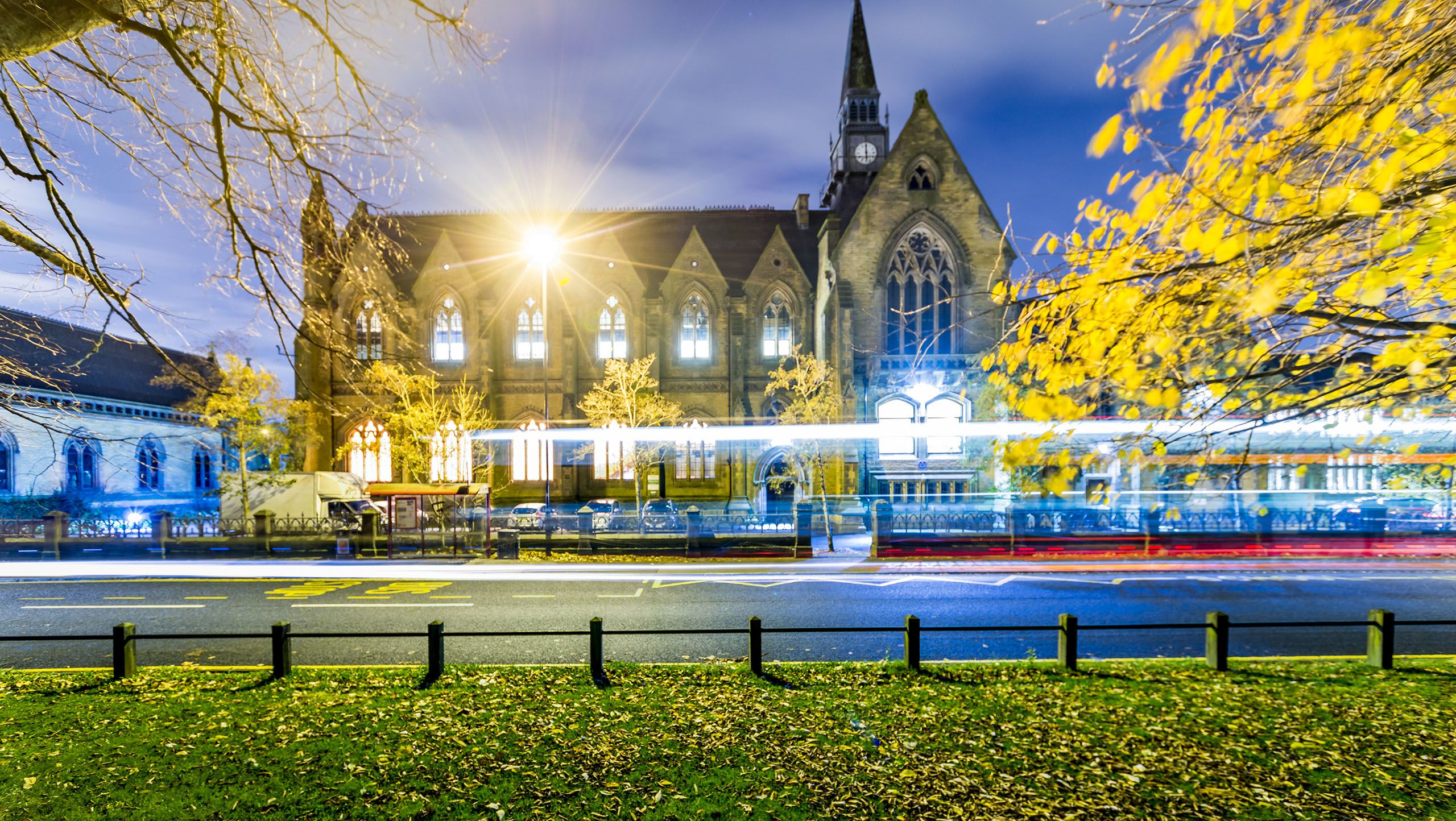
Achieving all this will need strong leadership. There are historic tensions and grievances to be dealt with as well as current political, economic, and socio-cultural injustices. If the problems we face are complex and intertwined, then so must be the way we find solutions.
At Leeds, the University’s ten-year strategy focuses on building an inclusive culture through shared values and equitable partnerships. Bringing together academic, voluntary sector, policy and public sector staff in the search for solutions shows that kind of real-world collaboration in action.
The creation of these networks has helped to mobilise a wide range of people working to achieve change and create a momentum for the kind of institutional and social transformation required.
Everyone needs equal access to public services such as healthcare, education, water and sanitation, housing, criminal justice systems, employment initiatives and support to deal with emergencies like the COVID-19 pandemic. But not all of us get it.
Larger scale research is now needed to implement and evaluate multi-level and multi-sector strategies that could reduce social exclusion for disadvantaged groups.
It’s an ambitious aim, but I believe programmes like these provide a solid foundation on which to build the vision of a more equitable future.
